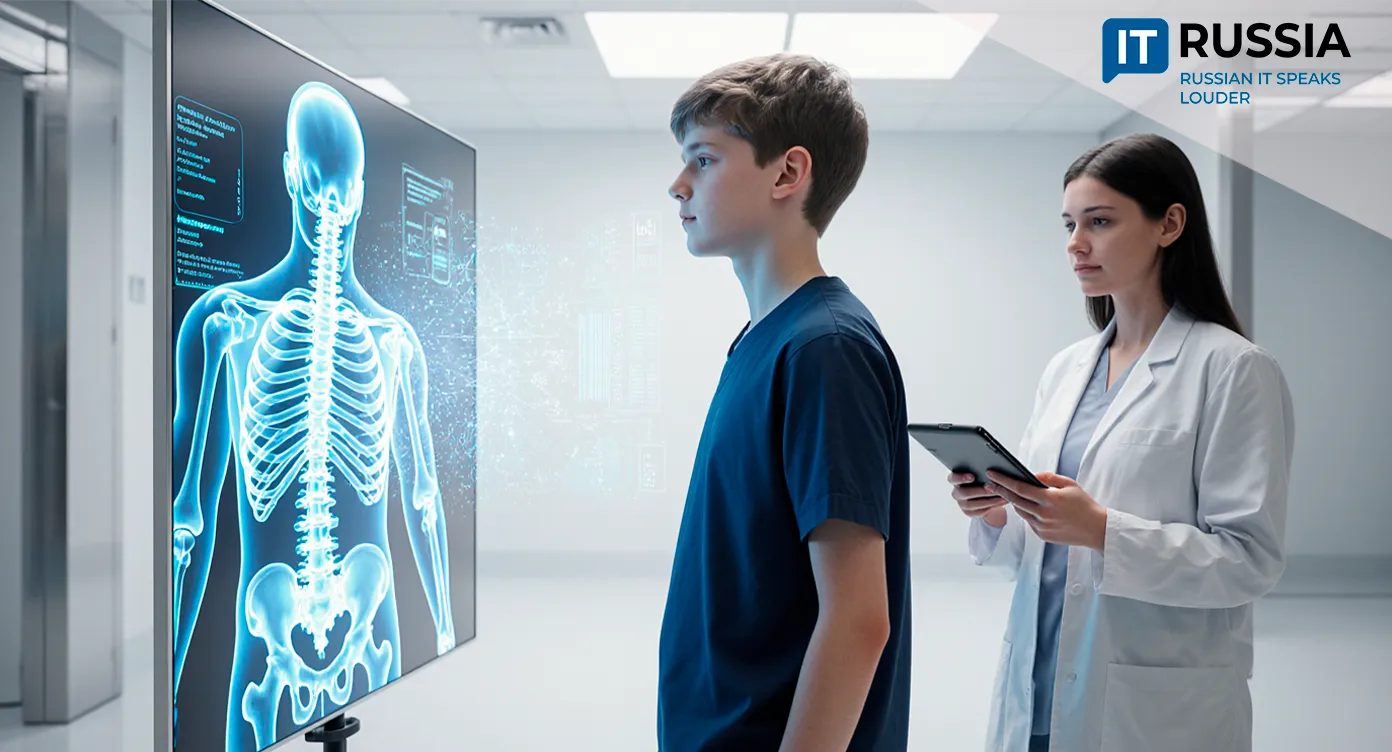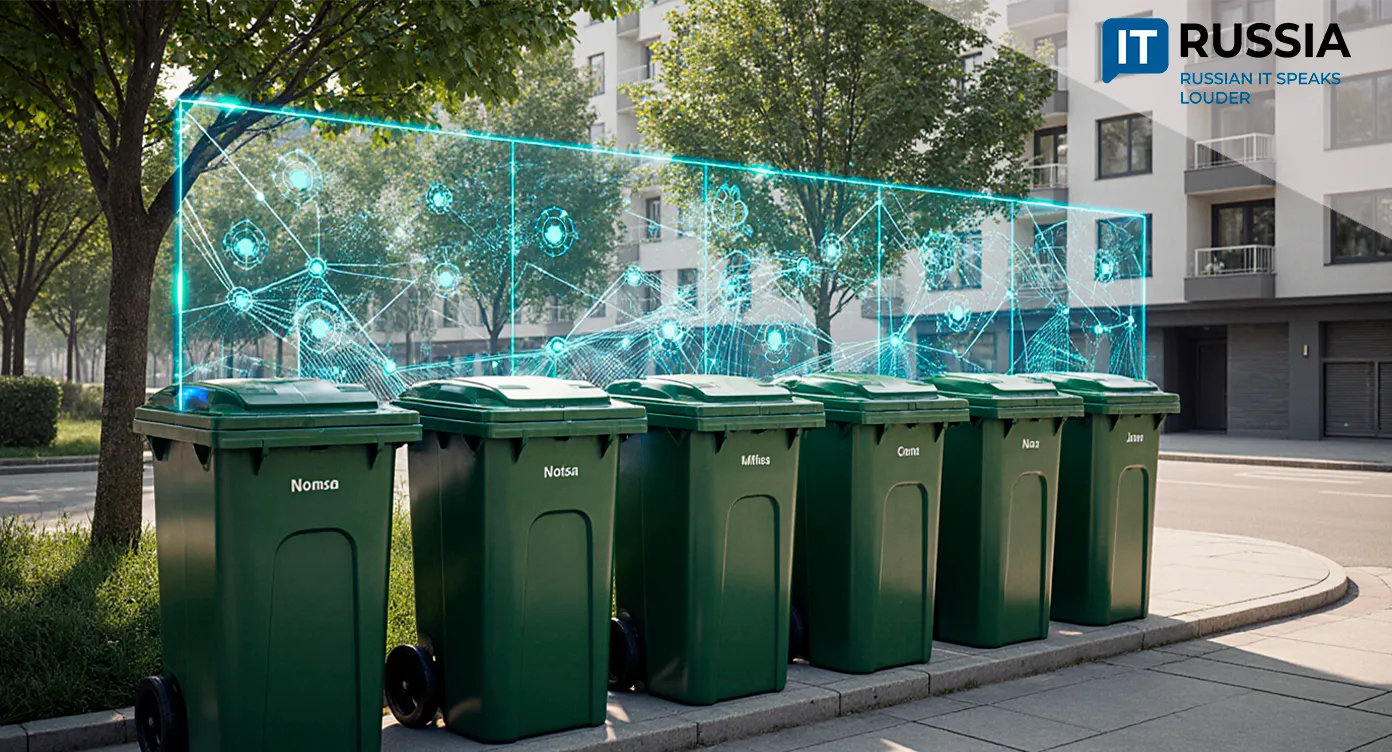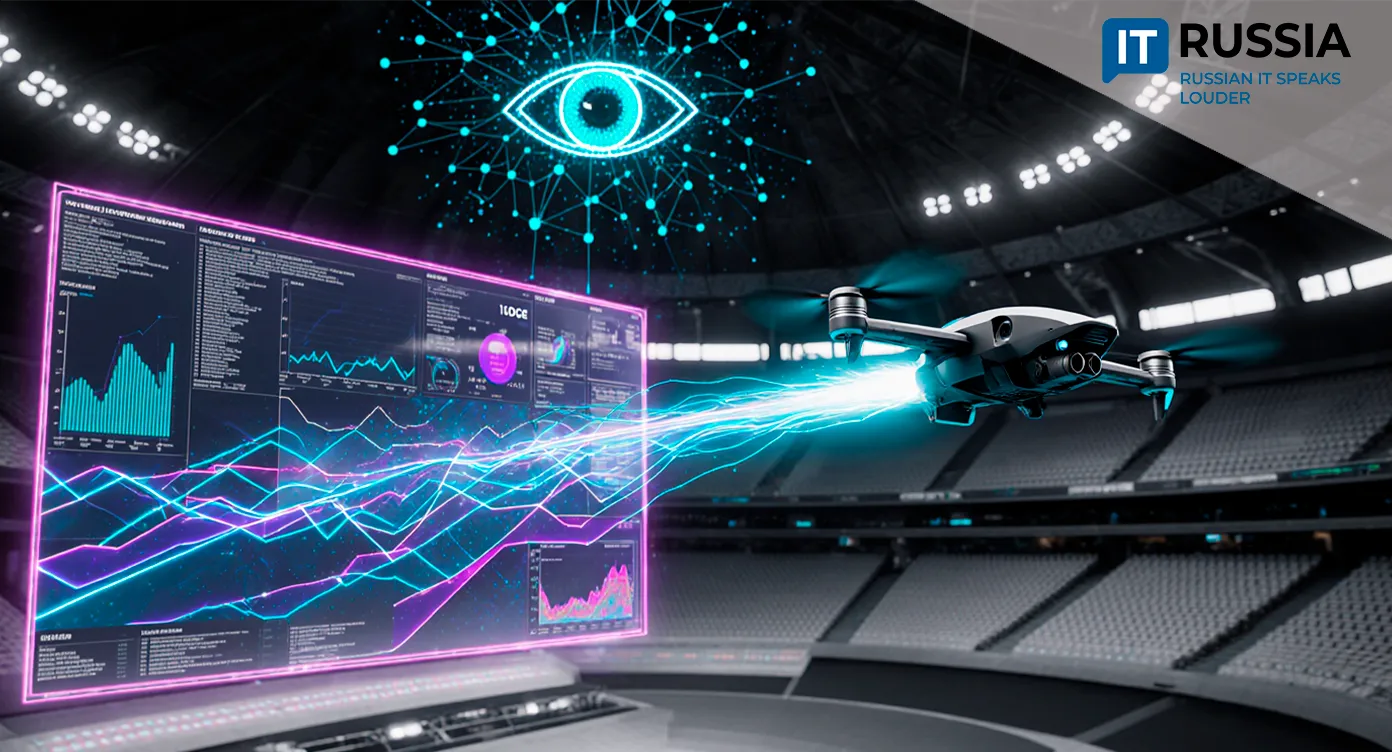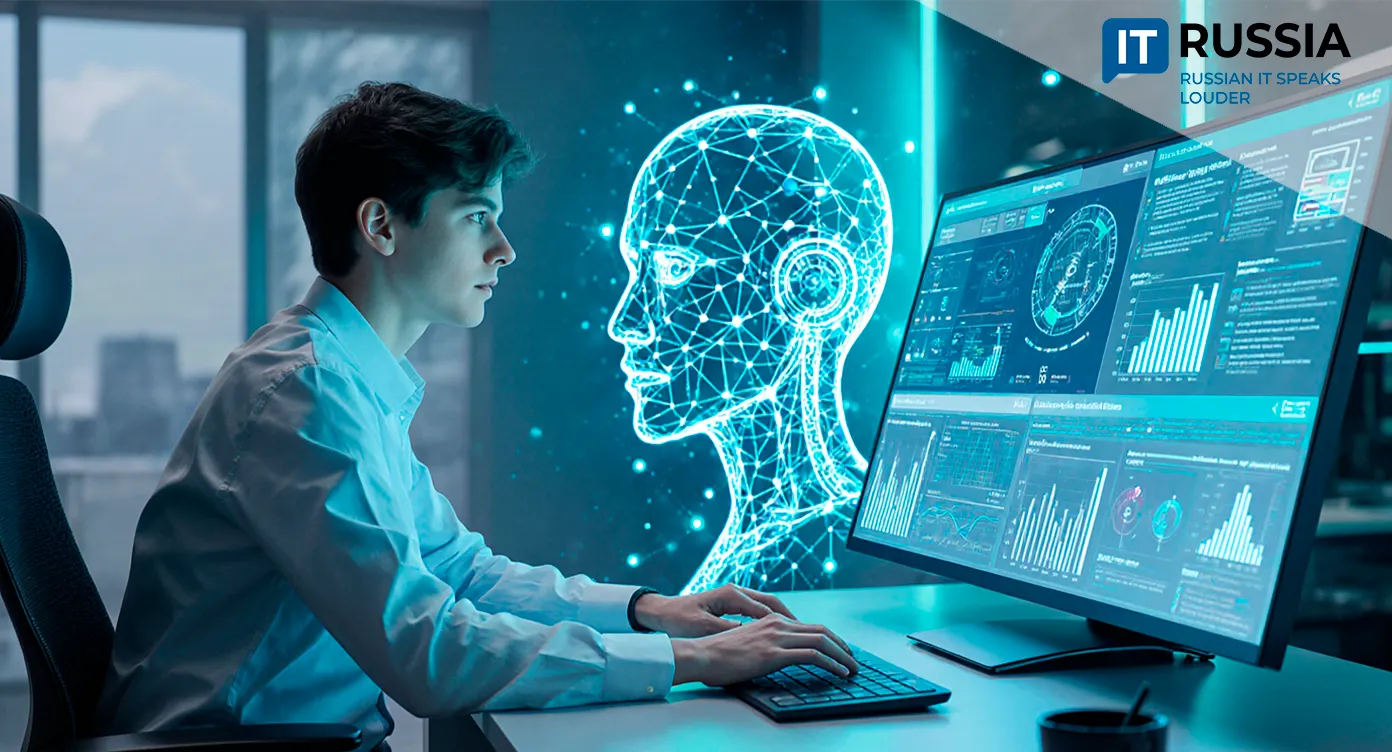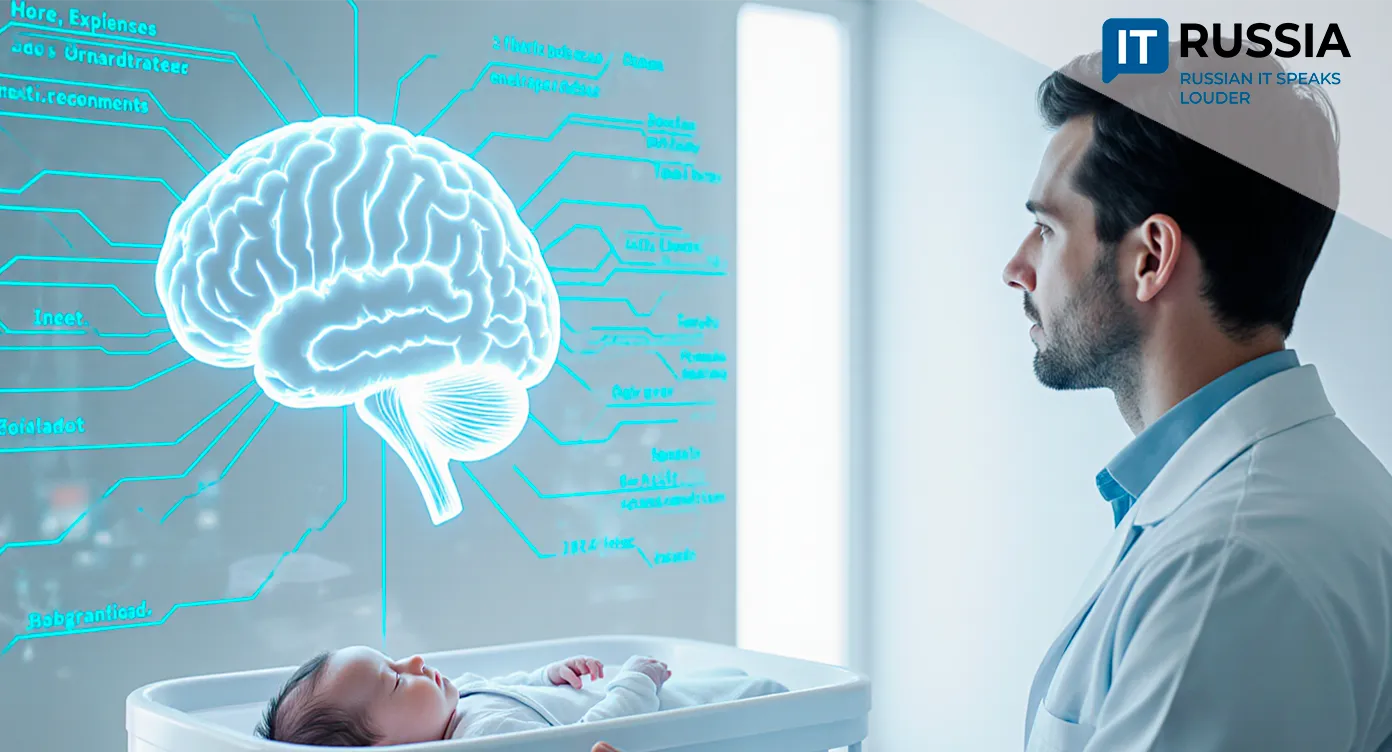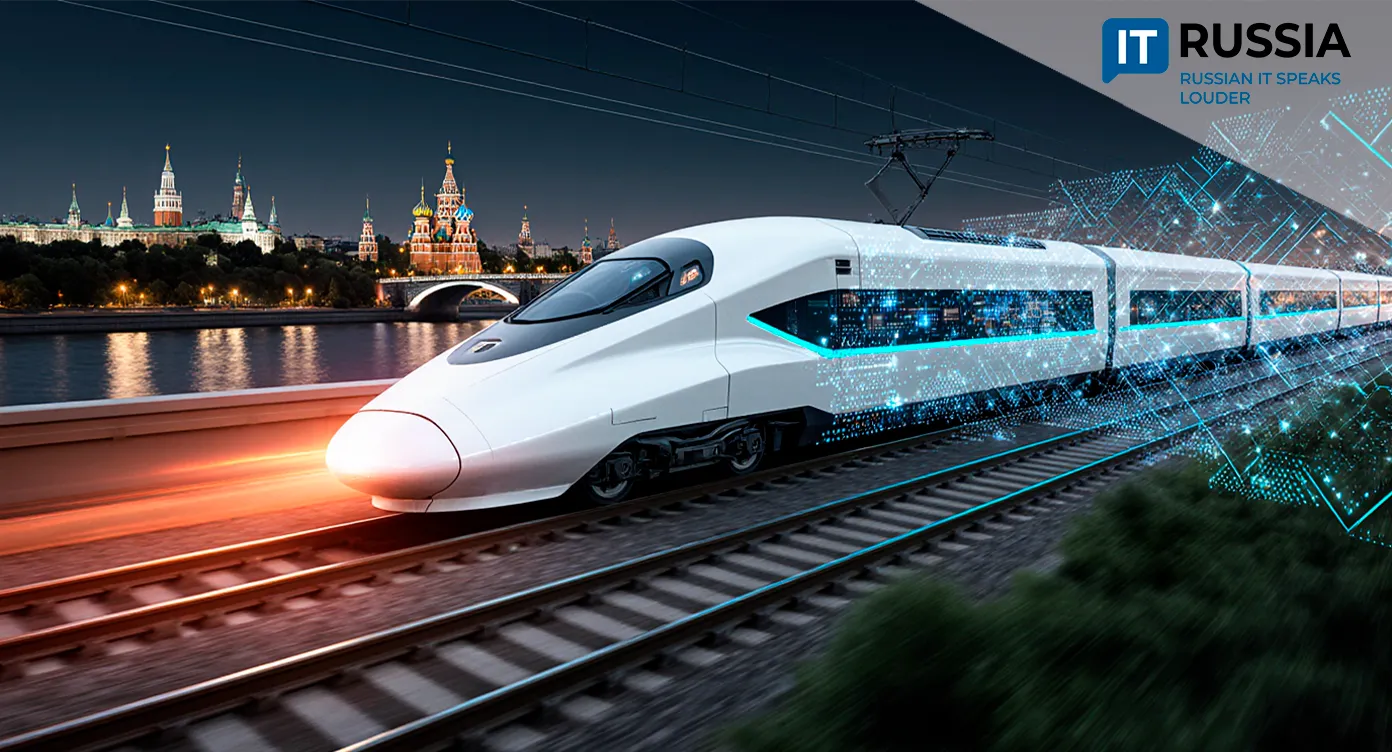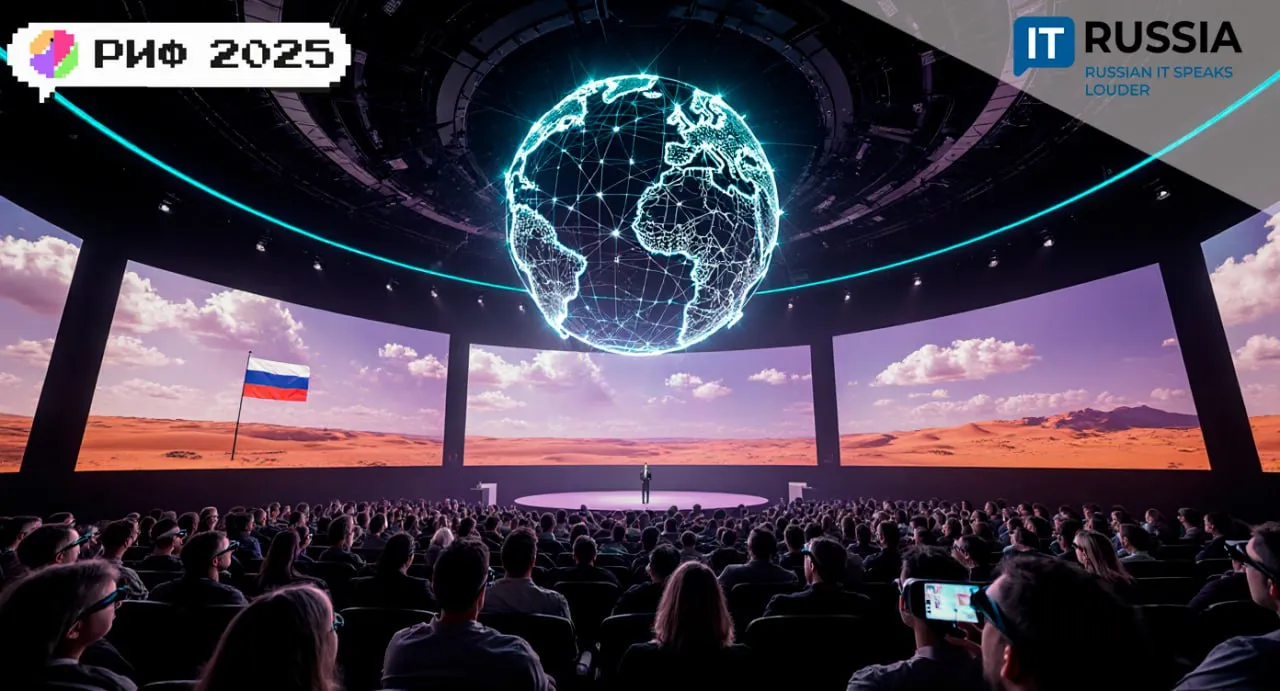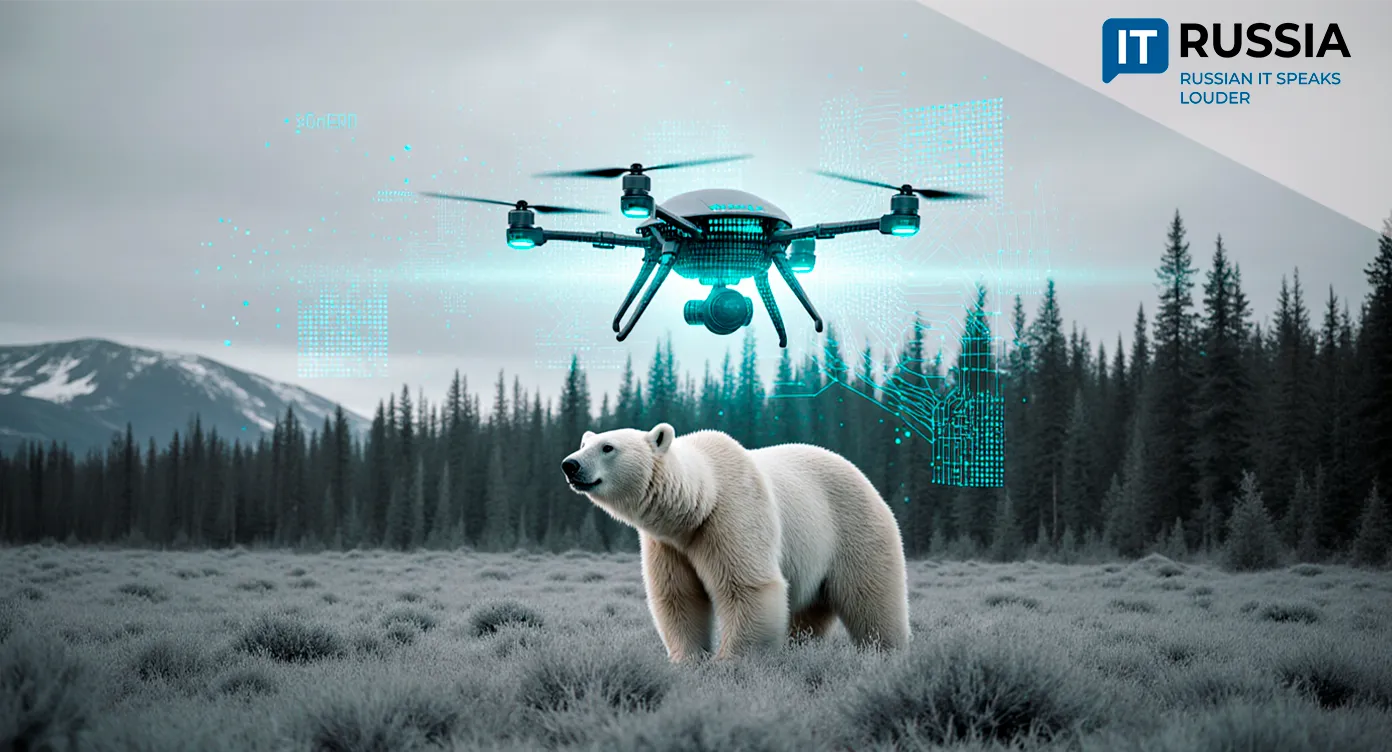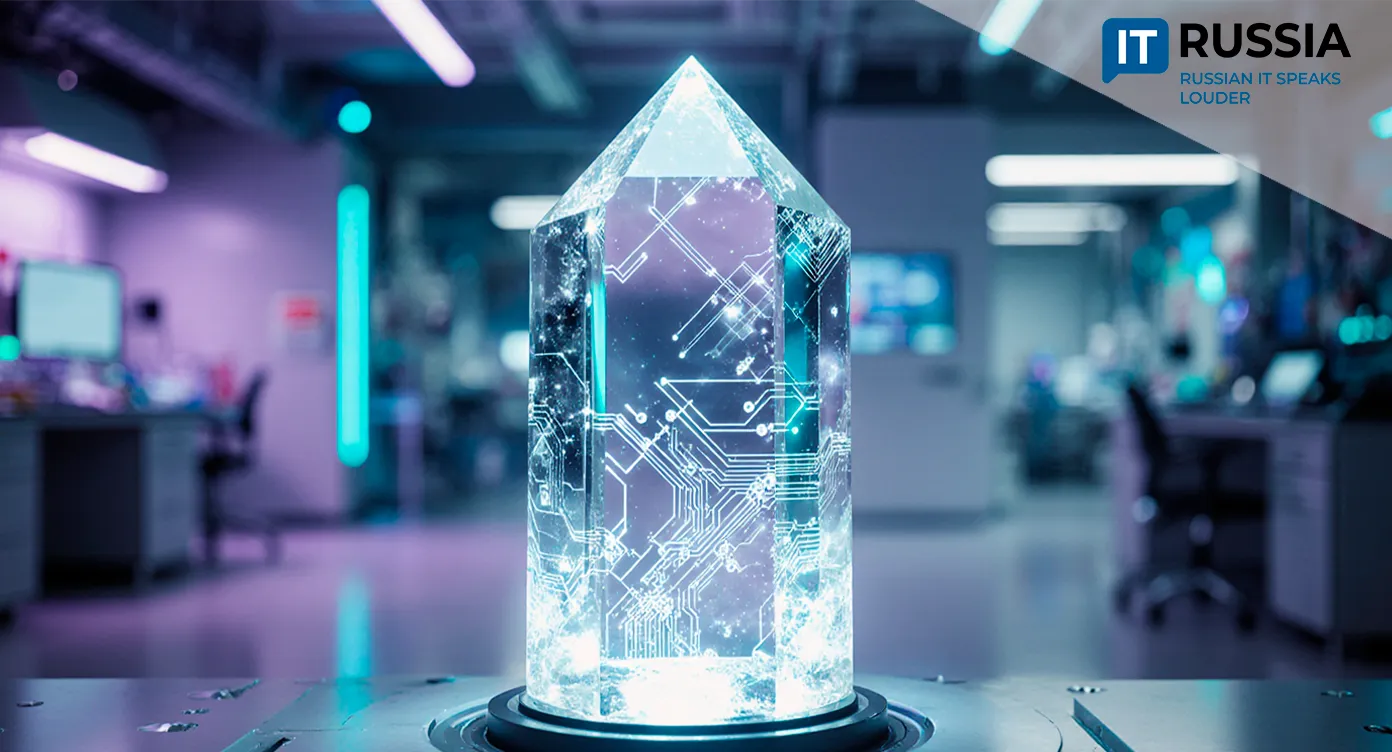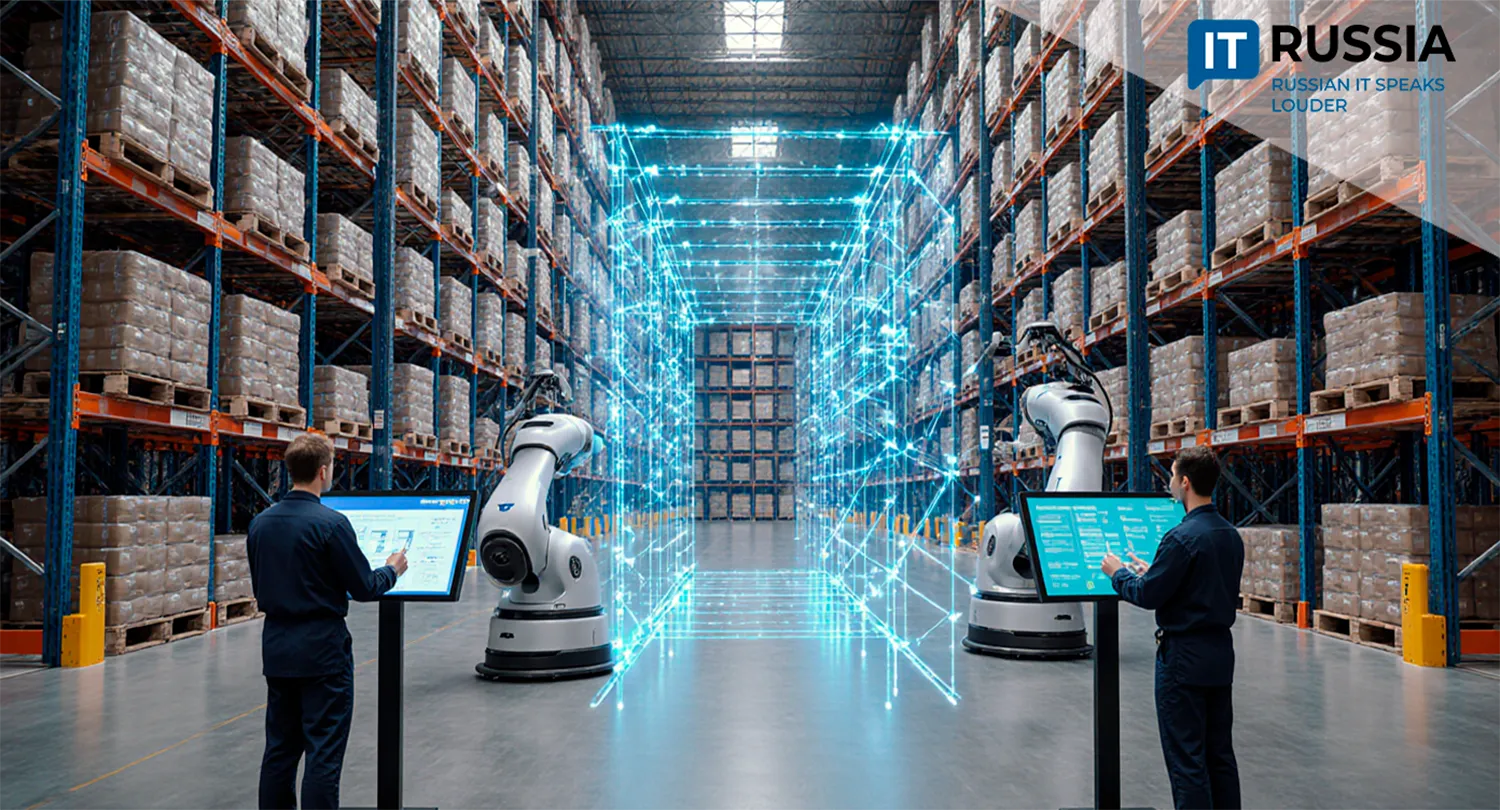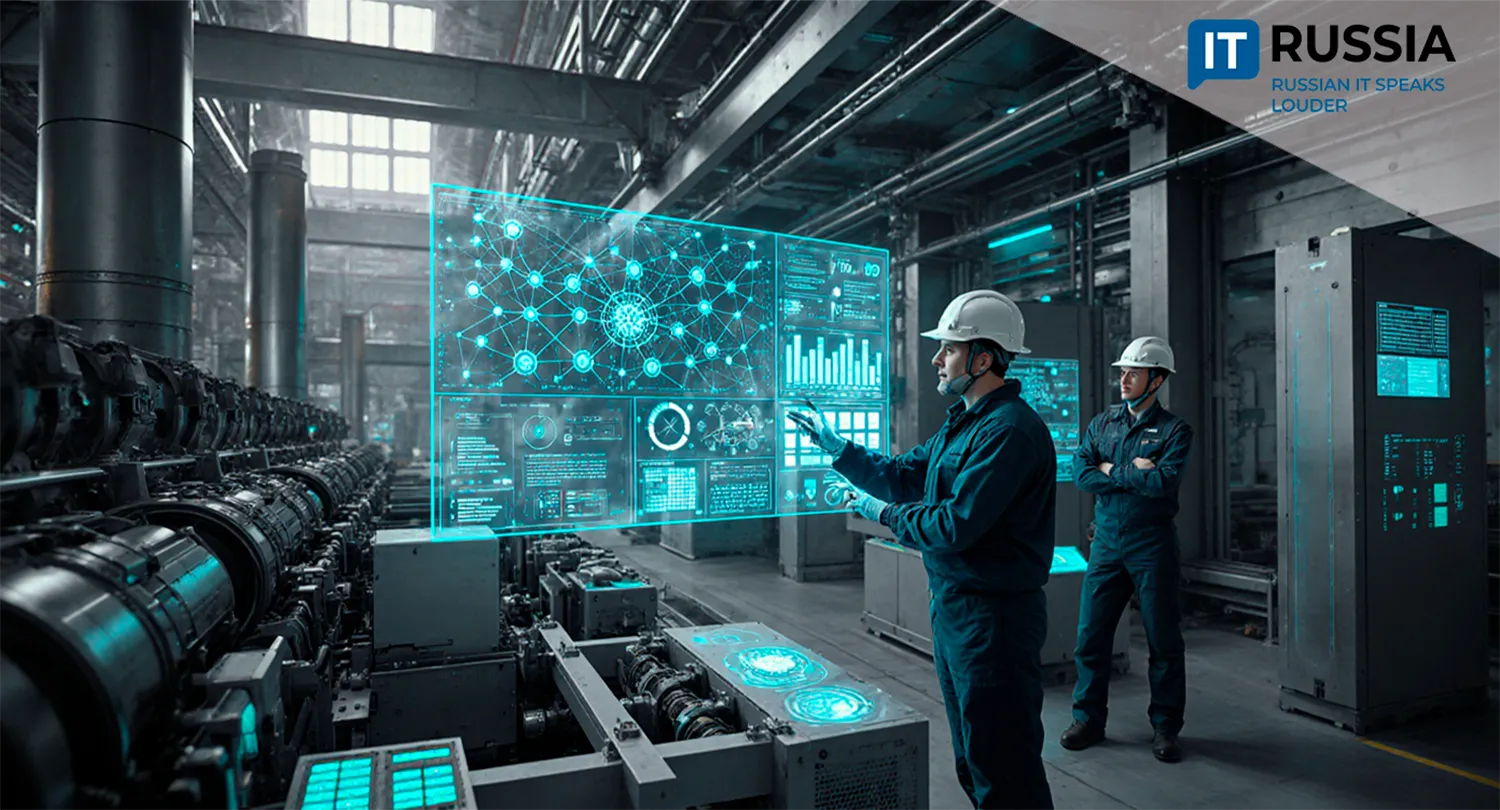Rosatom and Artificial Intelligence: Next-Generation Materials Developed in Weeks
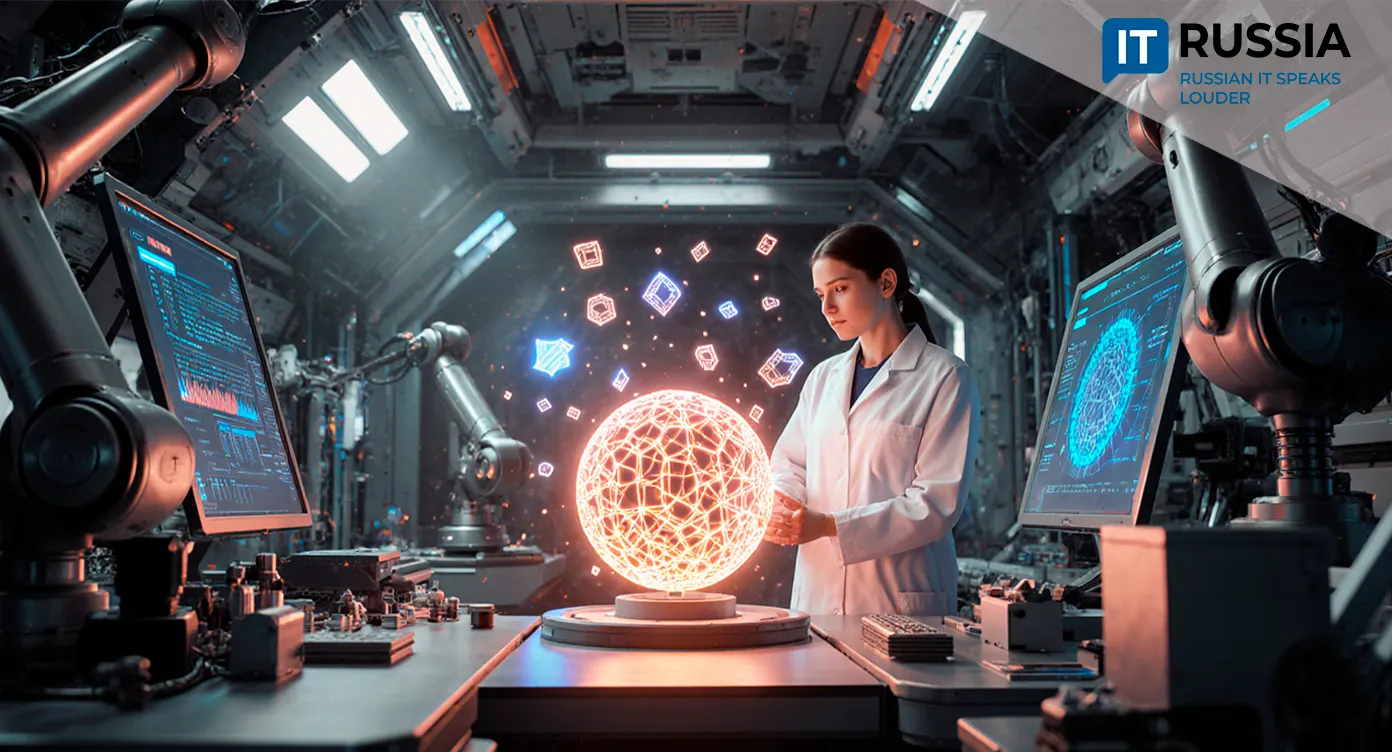
Rosatom has begun using artificial intelligence to select compositions of new high-temperature materials in just weeks—what previously required years of laboratory trials.
Why It Matters
Rosatom scientists have integrated machine learning algorithms into the search and synthesis of next-generation materials. Instead of relying on a long trial-and-error process, AI screens hundreds of thousands of composition and processing options, discarding weak candidates and highlighting the most promising ones for laboratory testing. The algorithm has already identified optimal compositions from a quarter of a million options in just a few weeks—a result that would traditionally take years.

How It Works
The system combines a large database of component properties, modeling of synthesis processes, and training on past experiments. The algorithm employs advanced heuristics and statistical methods to predict not just a single property but an entire set—tensile strength, heat resistance, radiation stability, and more.
After digital pre-selection, targeted experiments follow. These confirm predictions and quickly bring the composition to production readiness. This “digital twin + AI” approach dramatically reduces the number of physical tests required, saving both time and resources.
Achievements—from Carbon Fiber to Reactor Alloys
Rosatom already reports tangible results: optimization of carbon fiber properties and reduced variability thanks to AI algorithms; accelerated selection of alloys capable of withstanding extreme pressures and temperatures; and the creation of a unified parameter database for 3D-printing industrial components. These achievements not only enhance material quality but also make the technology reproducible and scalable.
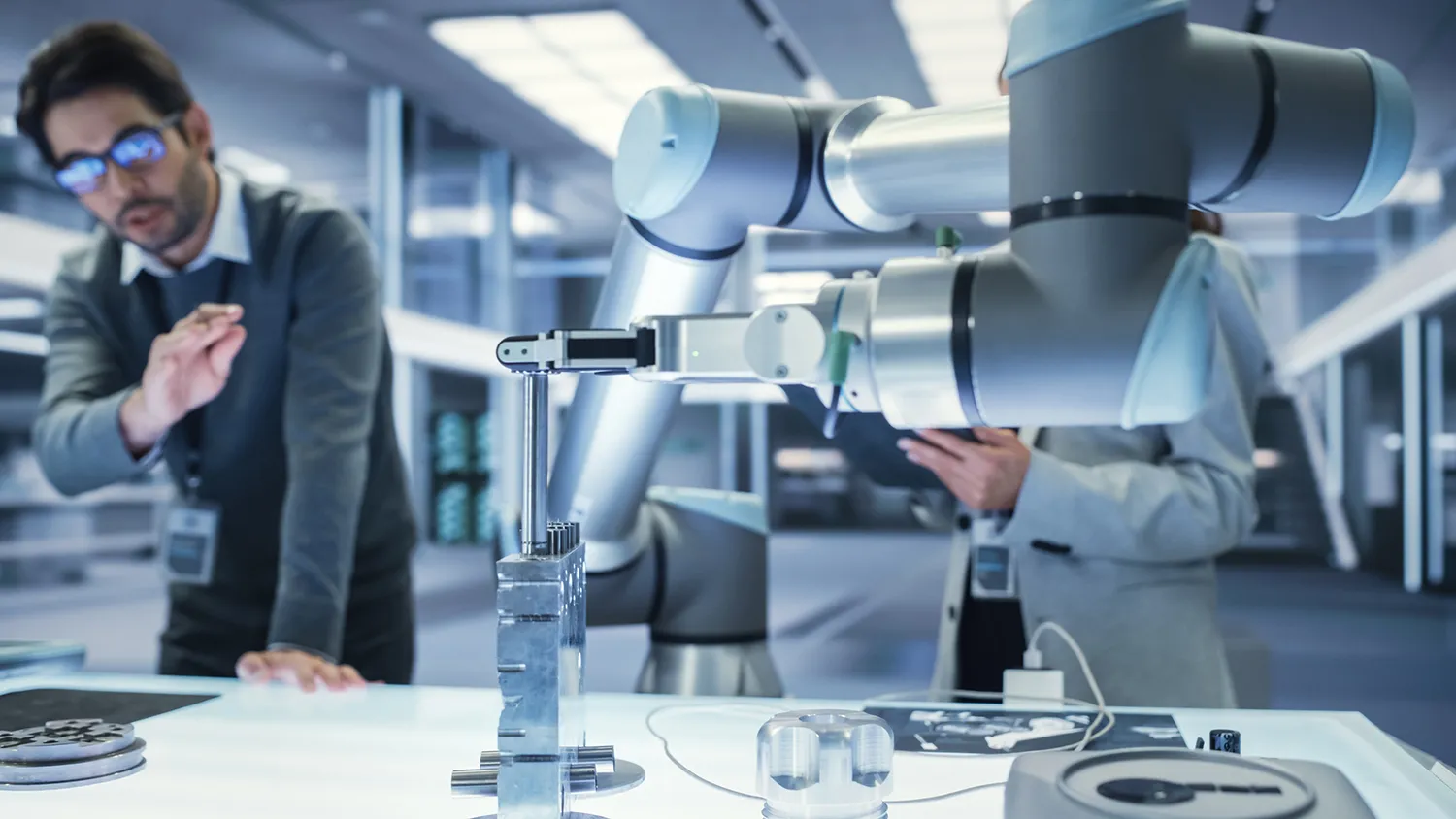
What It Means for Industry and the Economy
Cutting multi-year development cycles down to weeks is a strategic advantage. First, it allows the nuclear sector to adapt quickly to new material requirements in designing reactors and heat exchangers. Second, it reduces reliance on long-term foreign supplies of critical materials: domestic laboratories can provide faster alternatives when needed. The use of AI also improves product reliability by reducing variability and strengthening quality control.
Outlook and Export Potential
If pilot solutions prove successful in large-scale trials, Russia will gain a competitive advantage: the ability to offer customers new heat-resistant materials and composites at speed. This is critical for domestic programs (new generations of power units, small modular reactors, high-performance systems for space technology) and for export projects, where timing and reliability are key to winning contracts. Russia’s state strategy for AI development and the creation of sectoral digital platforms provides a favorable environment for scaling these efforts.
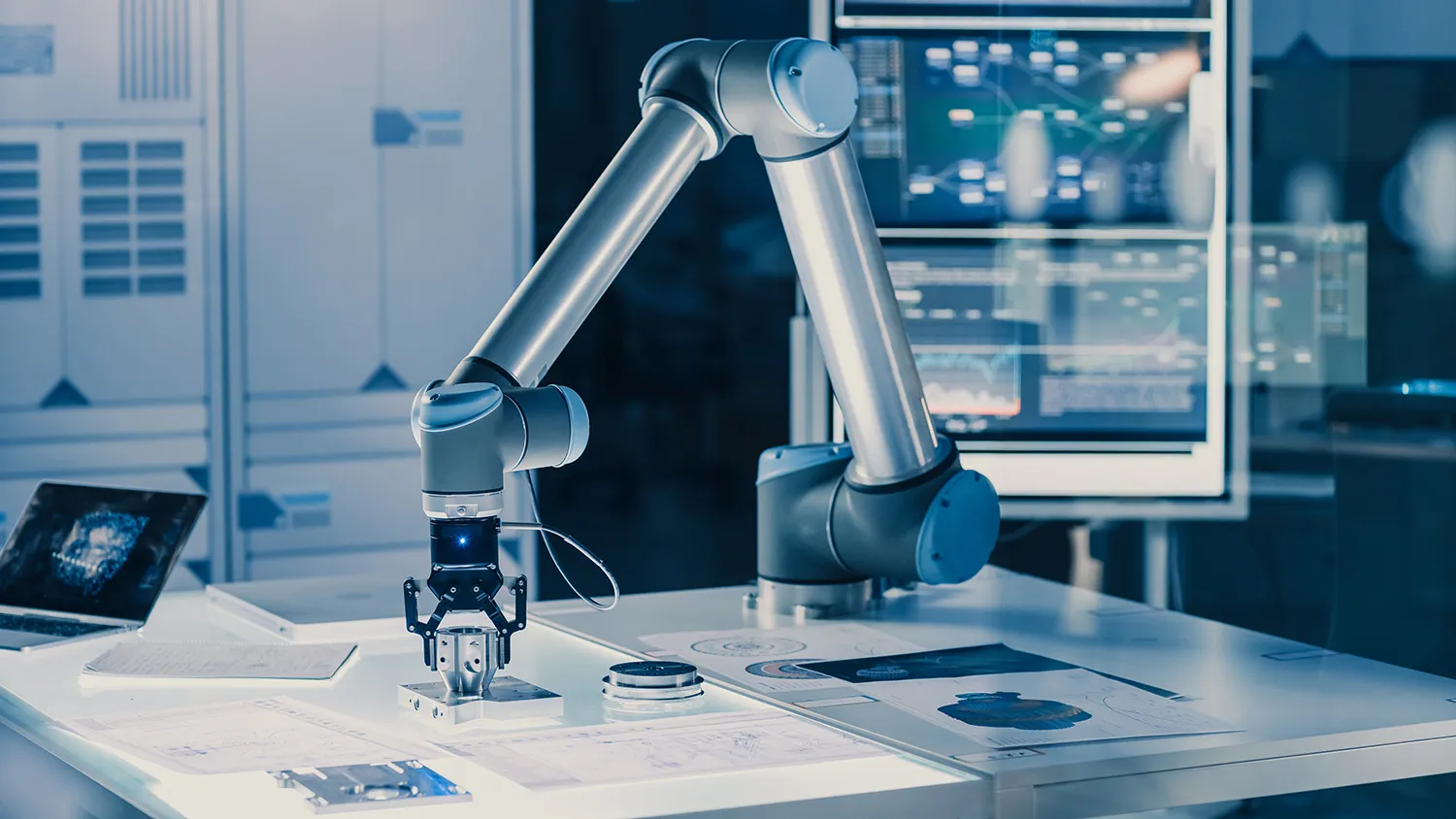
AI-driven materials science is no longer experimental but a working technology delivering results. Through digitalization and algorithmic optimization, Rosatom is dramatically shortening the path from concept to industrial production. In the coming years, we are likely to see not just new compositions but a shift in the very R&D model: from years of manual testing to managed, reproducible, and accelerated materials development, with AI as a key scientific partner.




